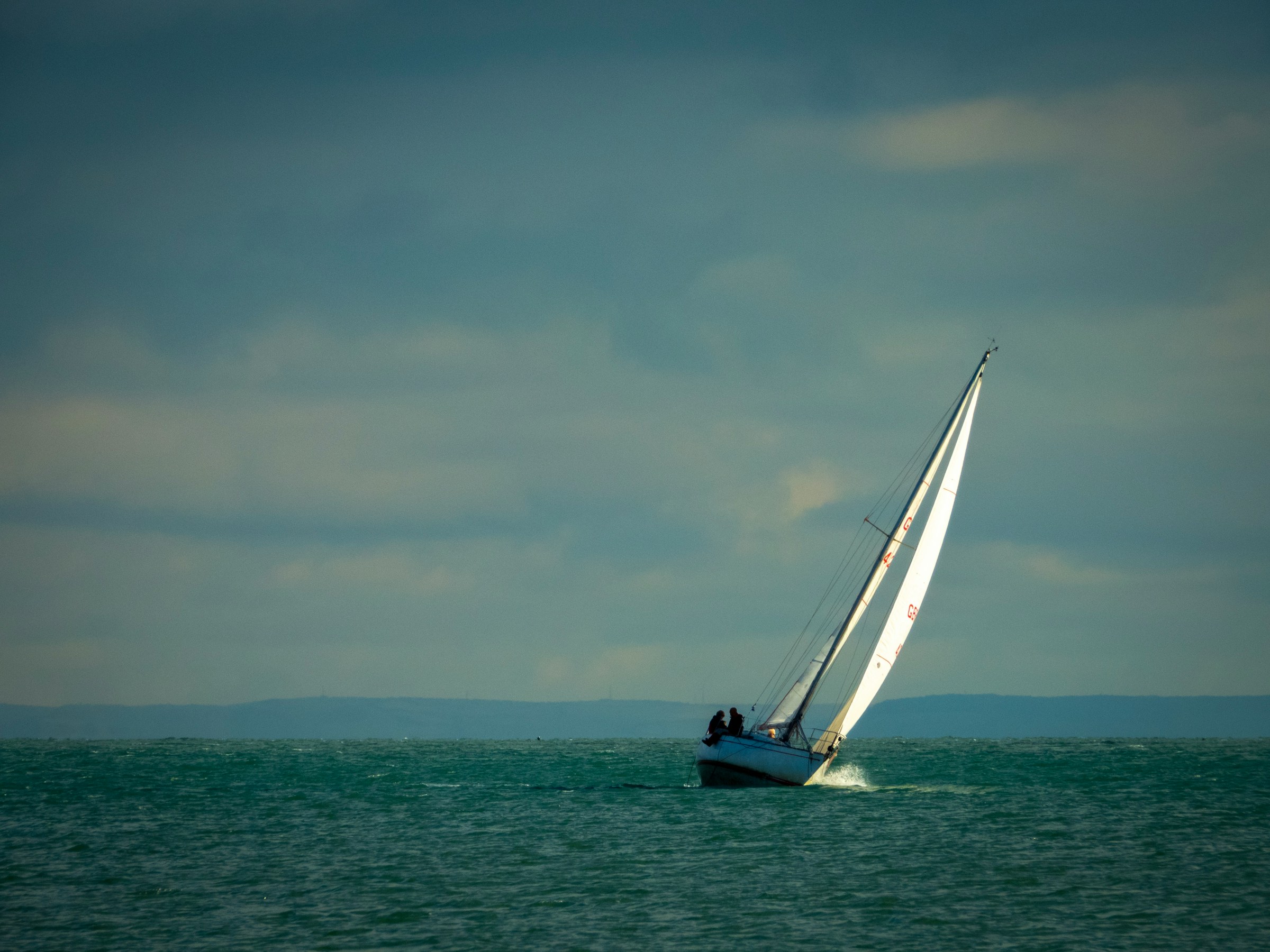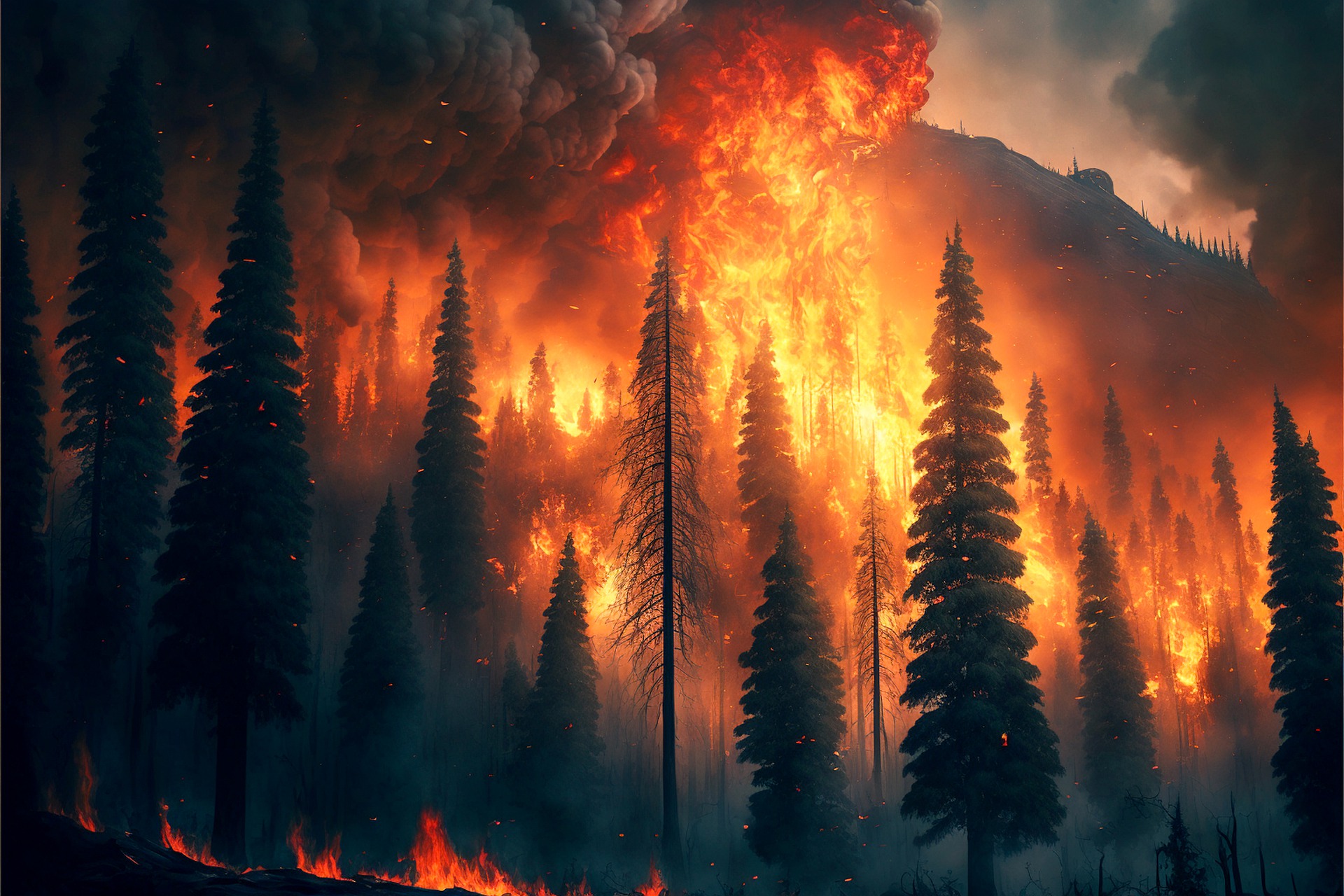Cardiovascular diseases are the leading cause of death globally, according to the World Health Organization. In Europe, they are responsible for about 45% of all deaths, of which the great majority are due to heart attacks and strokes.
Food choices have a large impact on heart and blood vessel disorders and account for as much as 50% of all cardiovascular deaths in Europe. At the same time, food systems generate up to 37% of global greenhouse gas emissions.
In this context, modifying food choices in Europe can become a win-win solution for addressing two issues that are intertwined with food consumption and production, namely human health and climate change mitigation.
Through the multidisciplinary collaboration of several Italian institutes, including the CMCC Foundation and the Diabetes, Nutrition, and Metabolic Disease Unit of the University of Naples ‘Federico II’, a team of scientists elaborated a practical dietary model suitable for the entire healthy adult population that would optimize cardiovascular disease prevention and, at the same time, halve GHG emissions.
Good for the heart, good for the Earth
– CLICK TO BROWSE THE FULL INFOGRAPHIC –
This weekly diet does not exclude any food types, but rather uses all of them in the optimal frequencies and quantities for cardiovascular prevention. As compared to the current food consumption in Europe, the desirable diet includes higher intakes of fresh fruit (+ 1983 g/capita/week), vegetables (+ 1614), yoghurt (+ 1177), wholegrains (+ 645), fish (+ 412), low glycemic index cereals (+ 381), legumes (+ 281), nuts (+ 152), eggs (+ 78), and lower amounts of high glycemic index cereals and potatoes (- 1984 g/capita/week), sugar (- 732), red meat (- 705), butter and tropical vegetable oils (- 129), processed meats (- 276), cheese (- 168), milk (- 1672), white meat (- 71), non-tropical vegetable oils (-42), chocolate (- 18).
What emerges from the comparison between the current weekly dietary pattern of Europeans and the desirable diet is a ranking of recommended percentages of increase or decrease in per capita weekly consumption of foods, as shown in the infographic below.
Marta Antonelli, a researcher at CMCC and co-author of the study, explains that, “The current food consumption of Europeans was calculated by extracting from the FAO website the quantities of the various food categories available for consumption in Europe as a geographic region for the most recent years available (2014-2018). Presumable food waste specific to each food category according to FAO was subtracted. Finally, we converted these quantities into grams of consumption per capita per week.”
The study, besides demonstrating the nutritional adequacy of the food plan proposed, calculated its climate impact in terms of associated GHG emissions, and shows its ability to reduce the EU carbon footprint linked to food consumption by 48.6%.
This weekly diet includes an abundance of plant-based foods such as legumes, whole grains, fruit and vegetables, but also varying amounts of animal-based foods such as dairy products, fish and meat.
For those that want to contribute to both climate goals and improve their own health, here is the diet which you can pin to your fridge.









